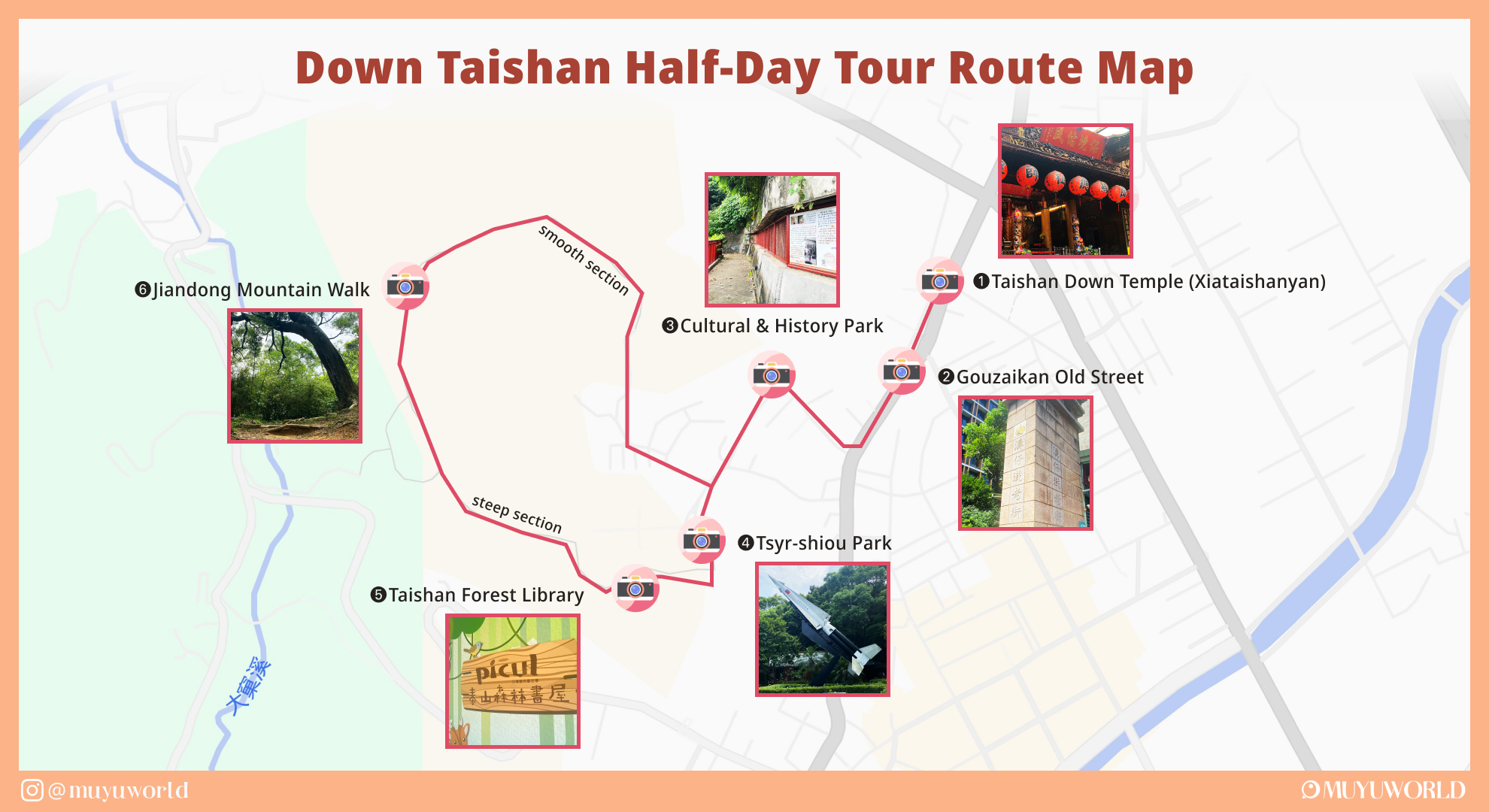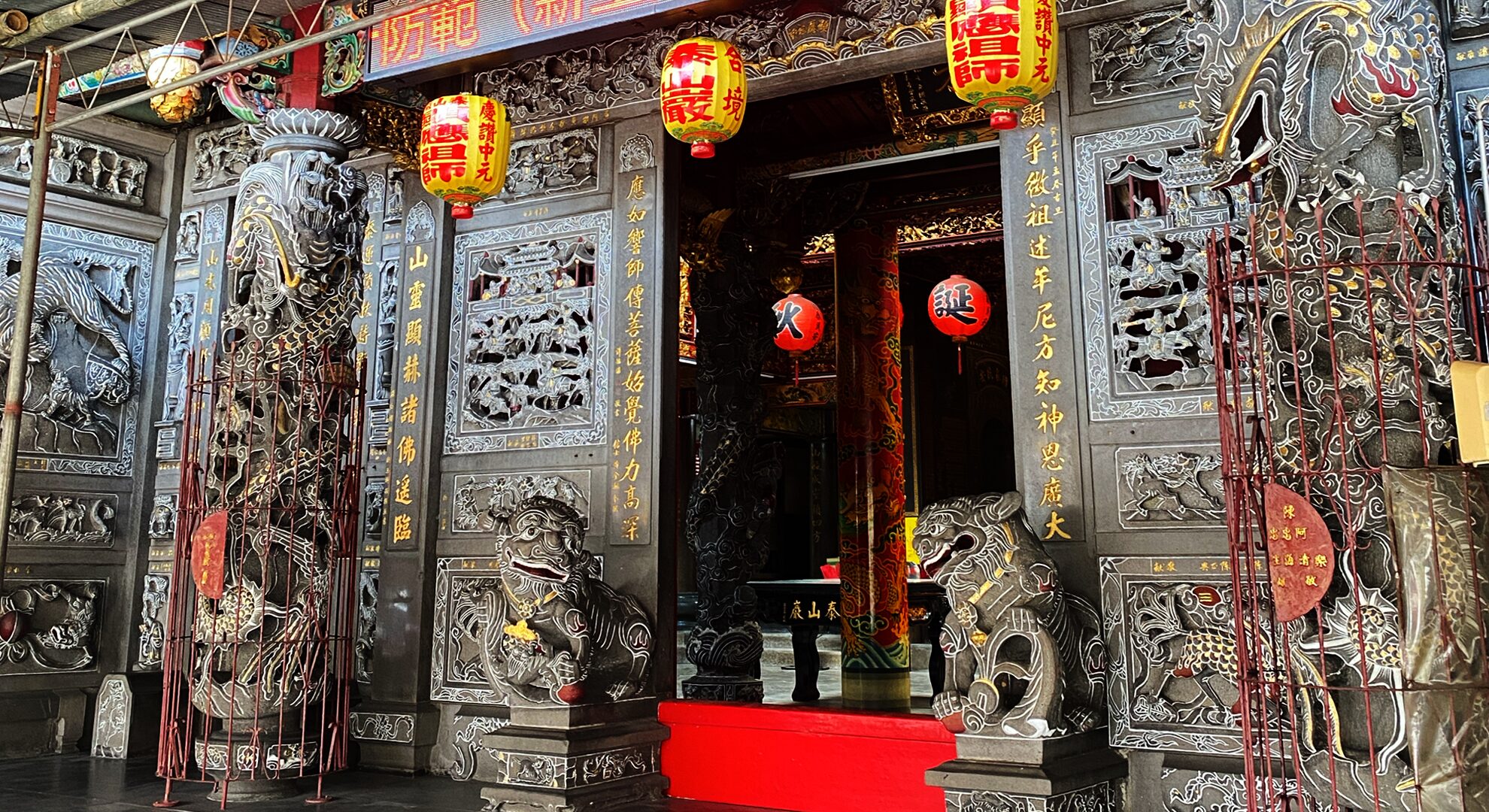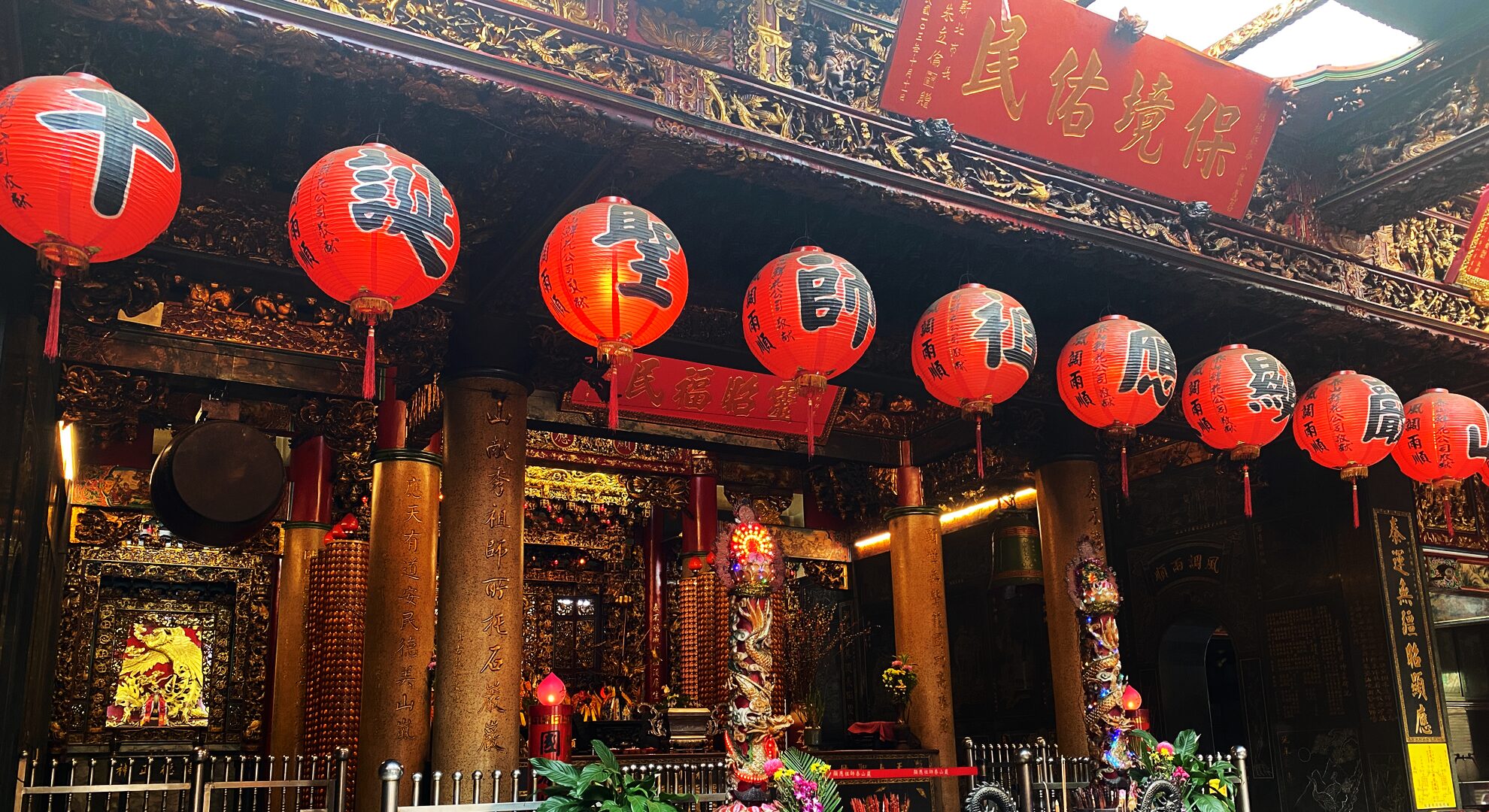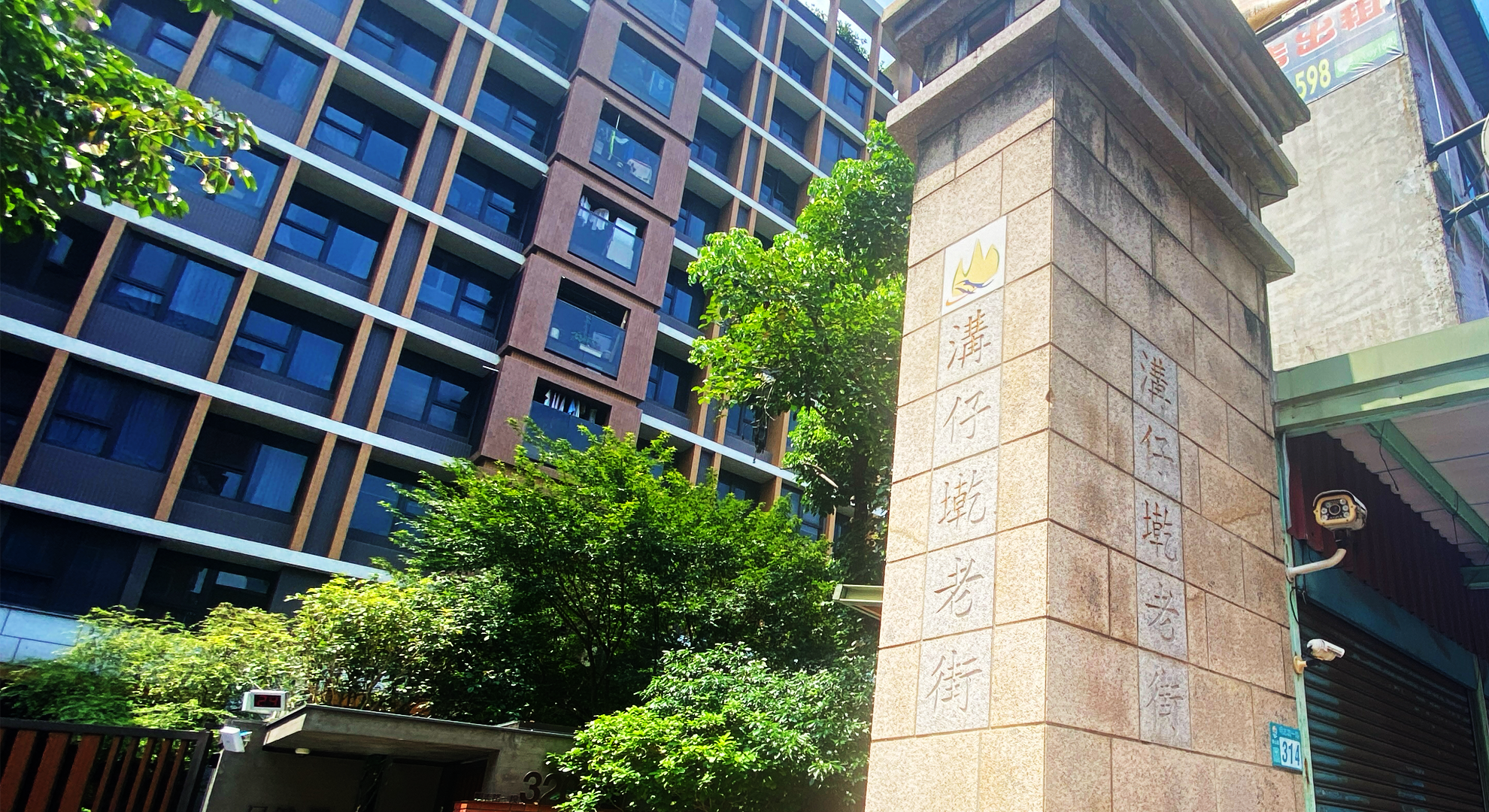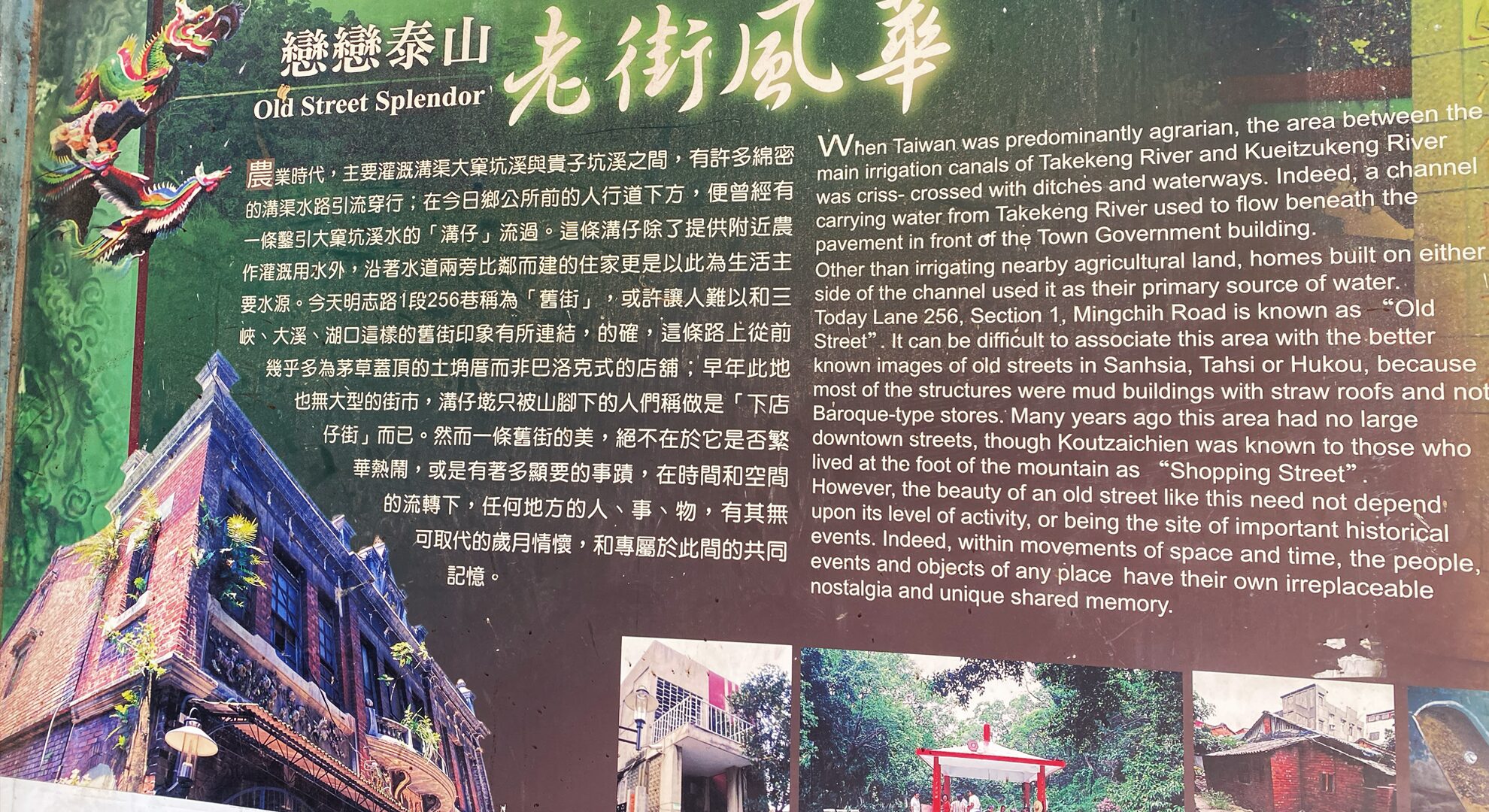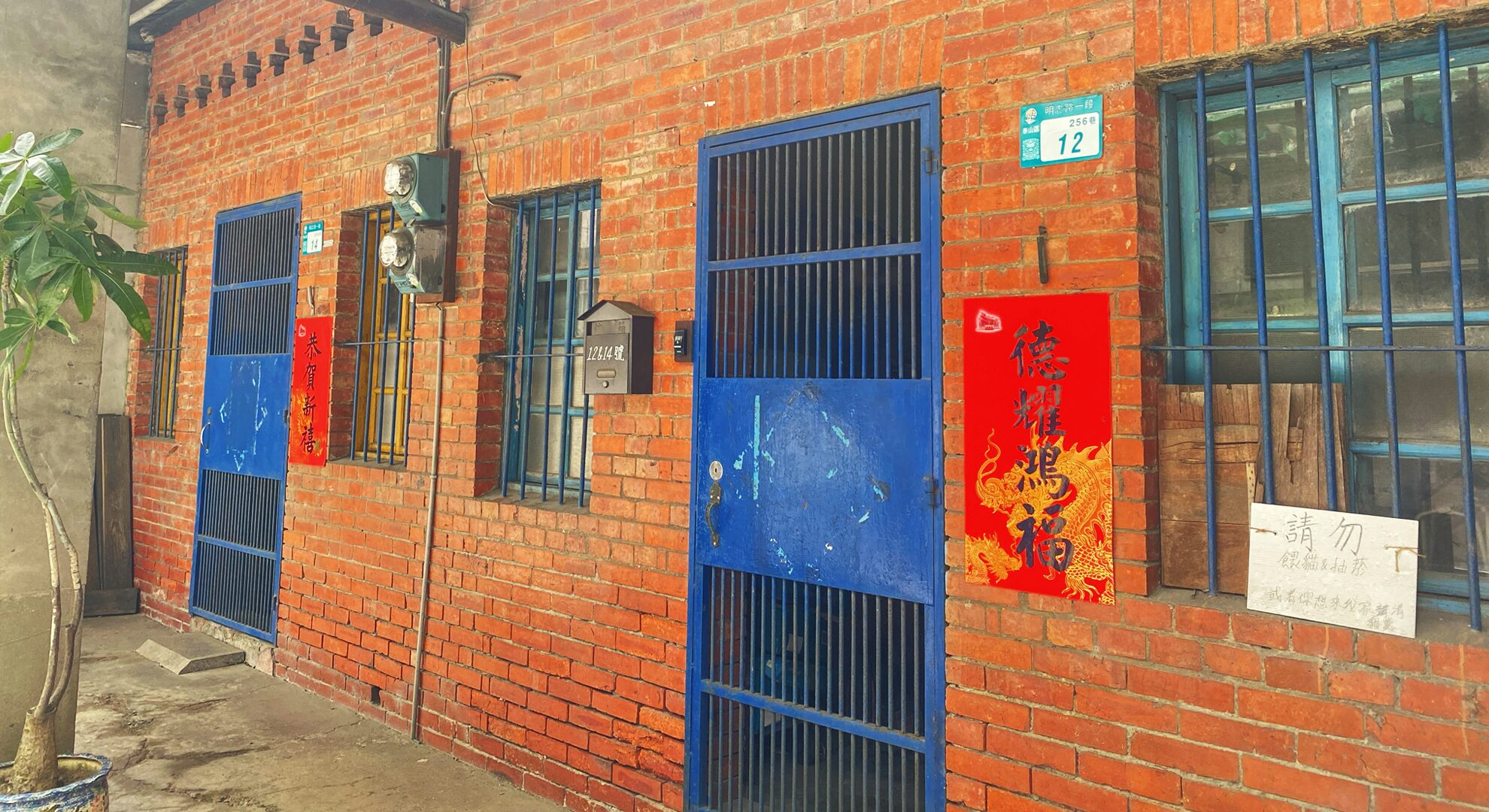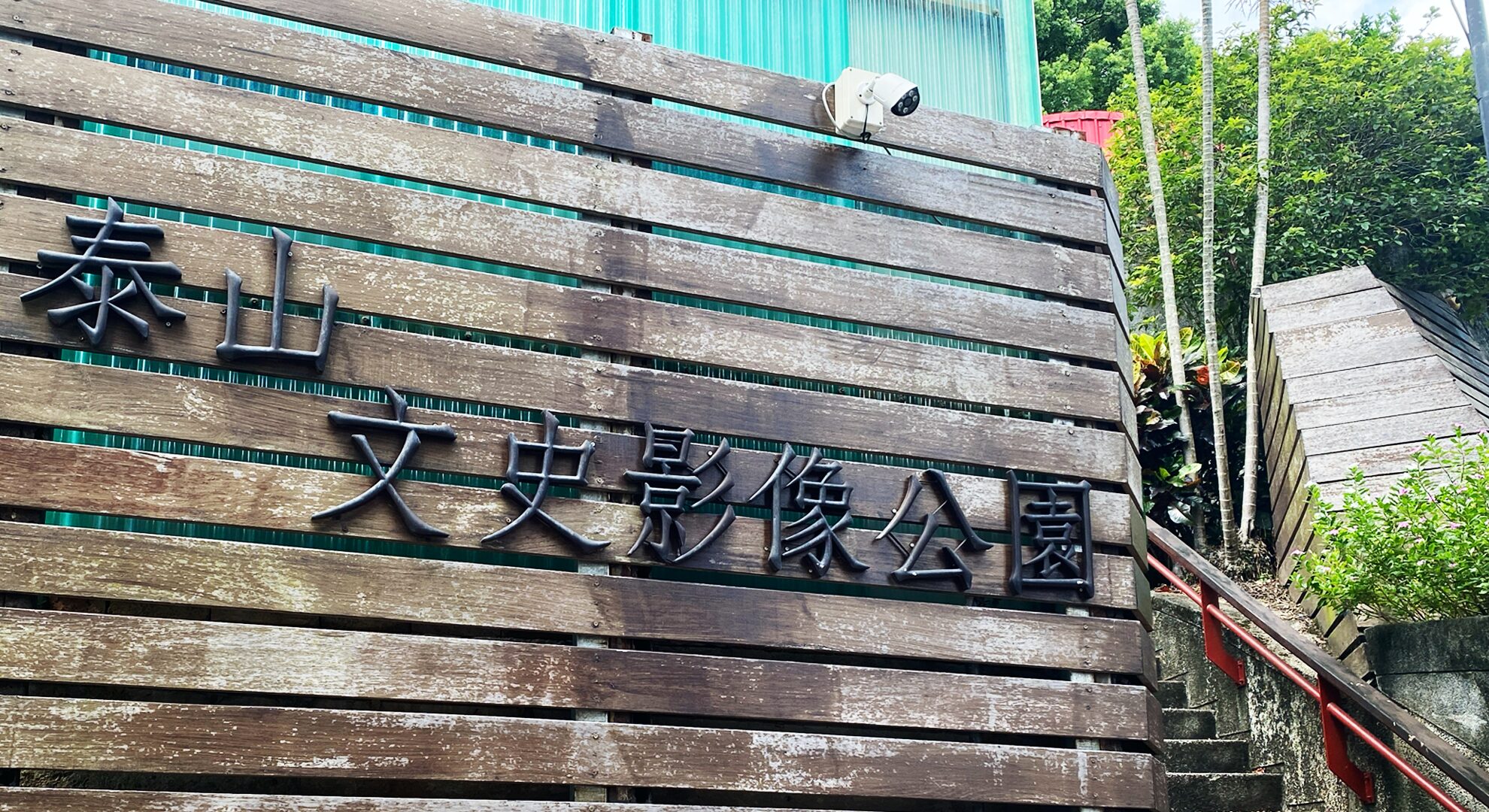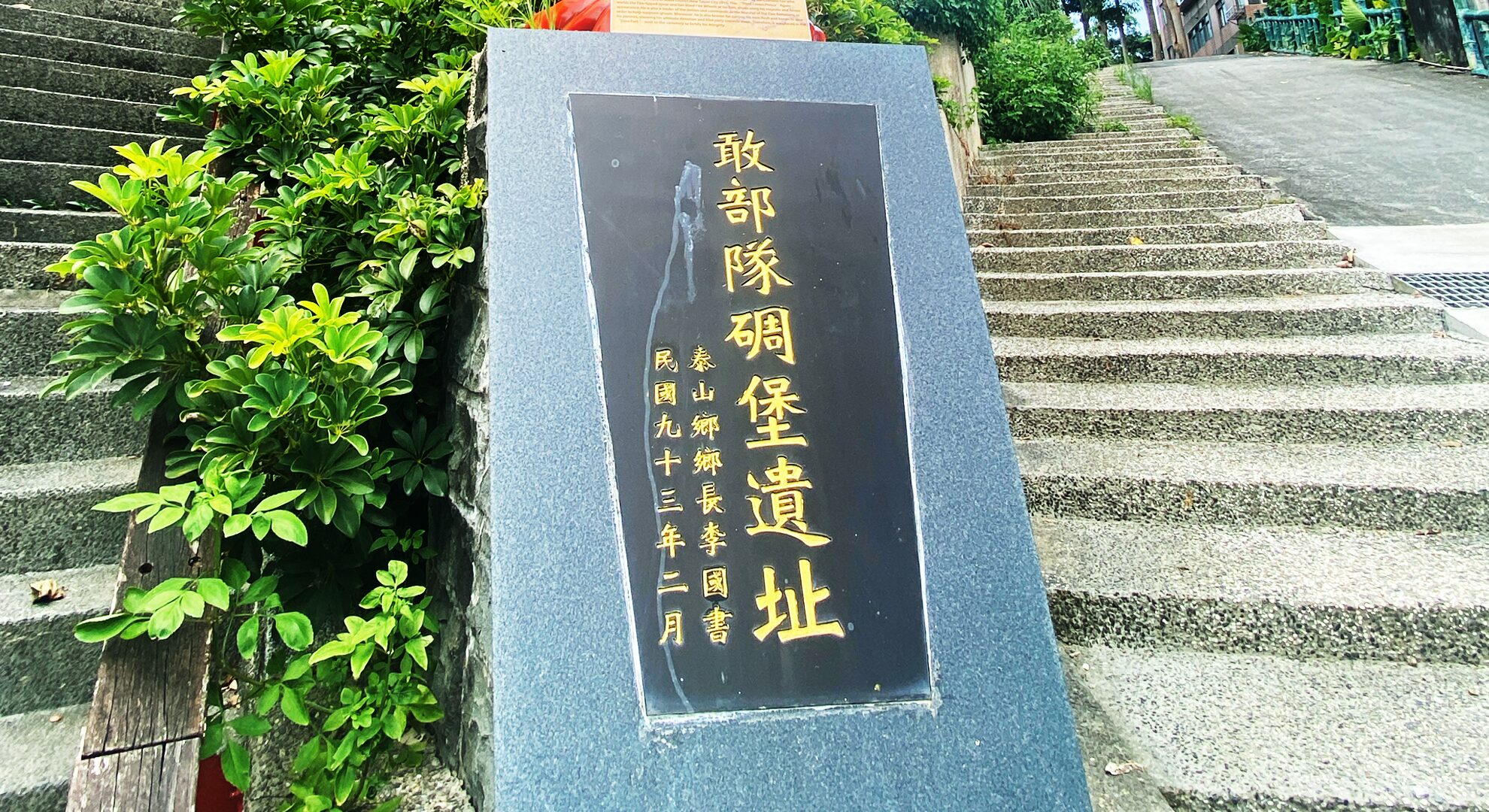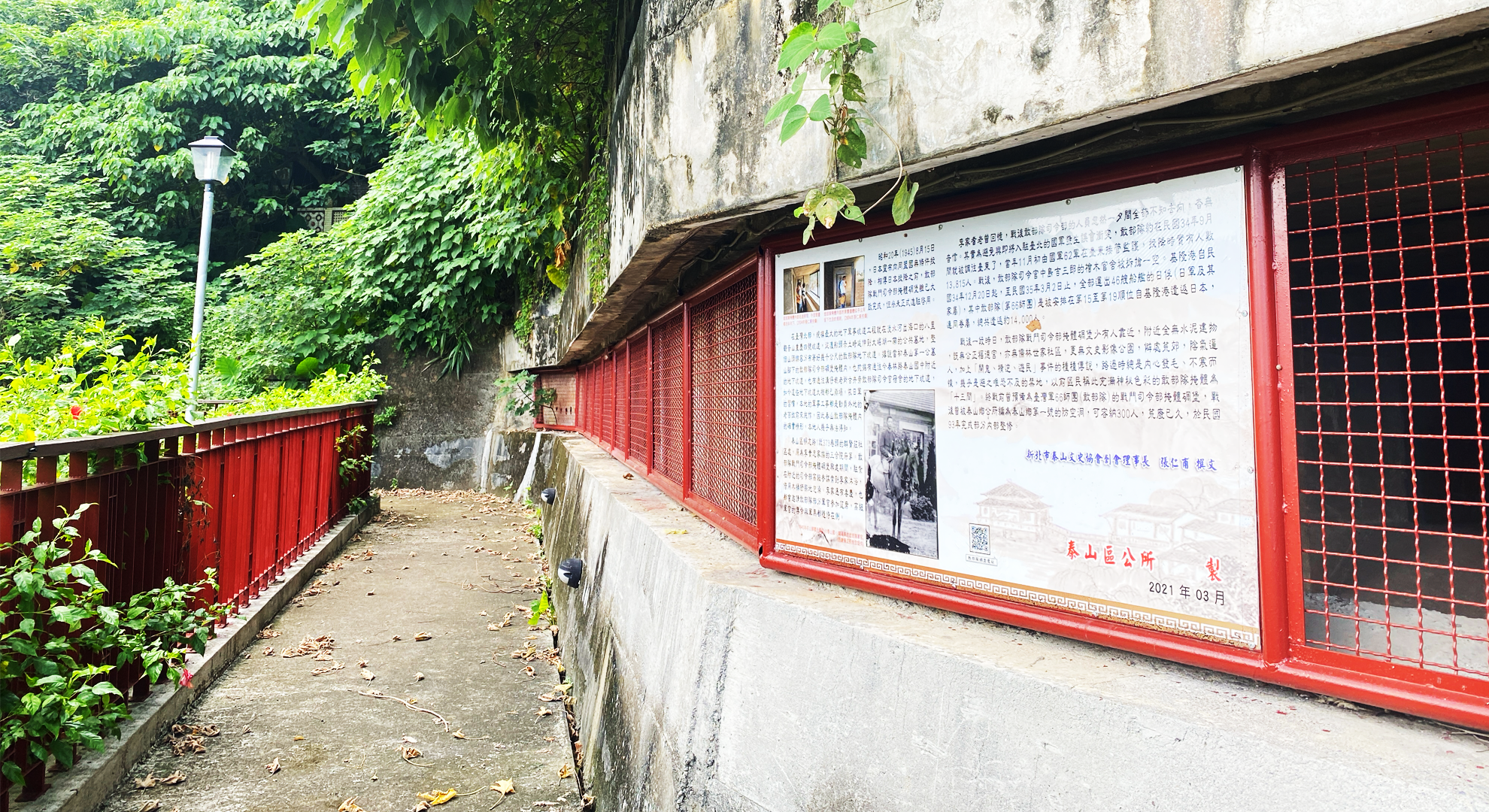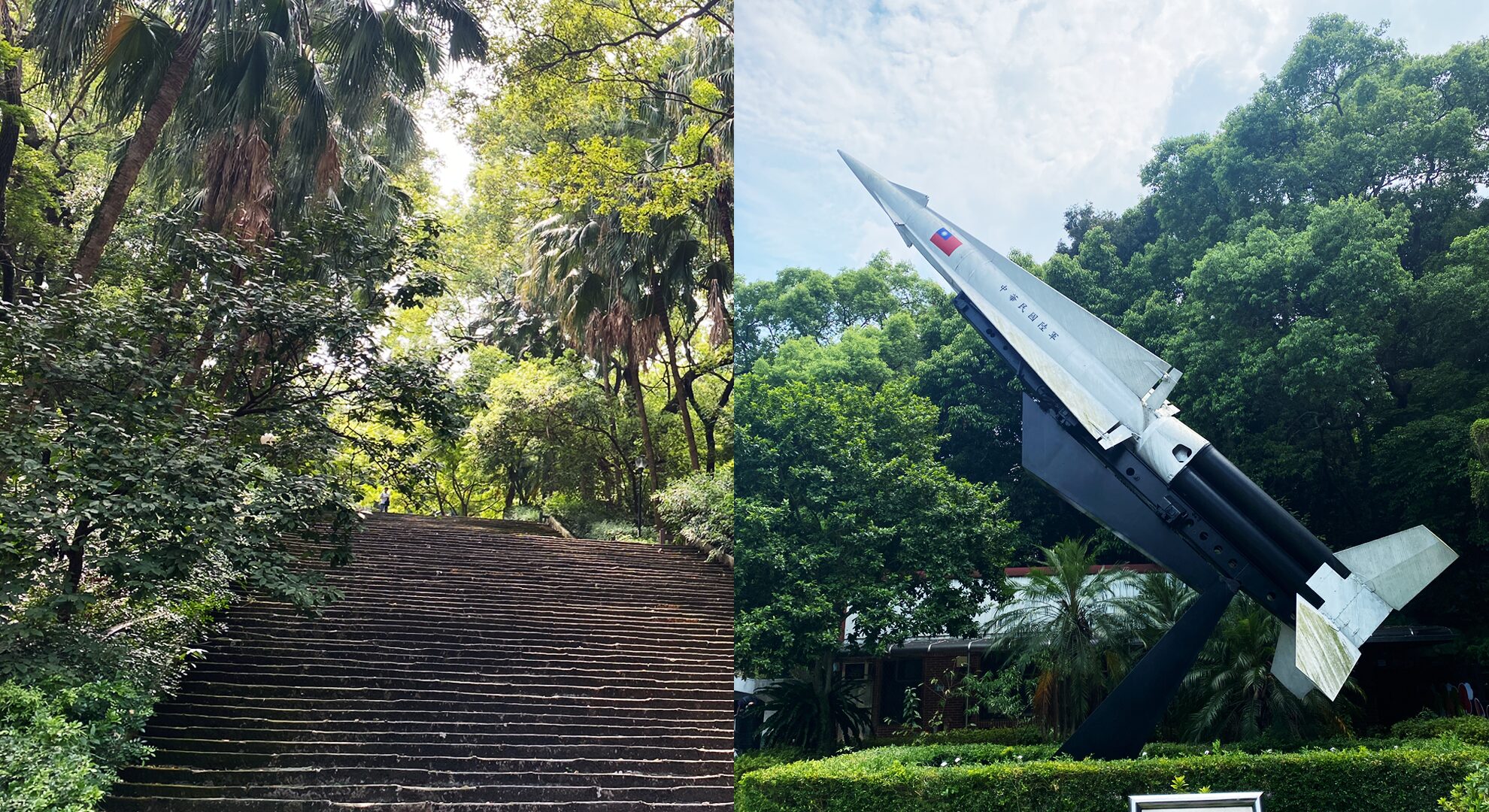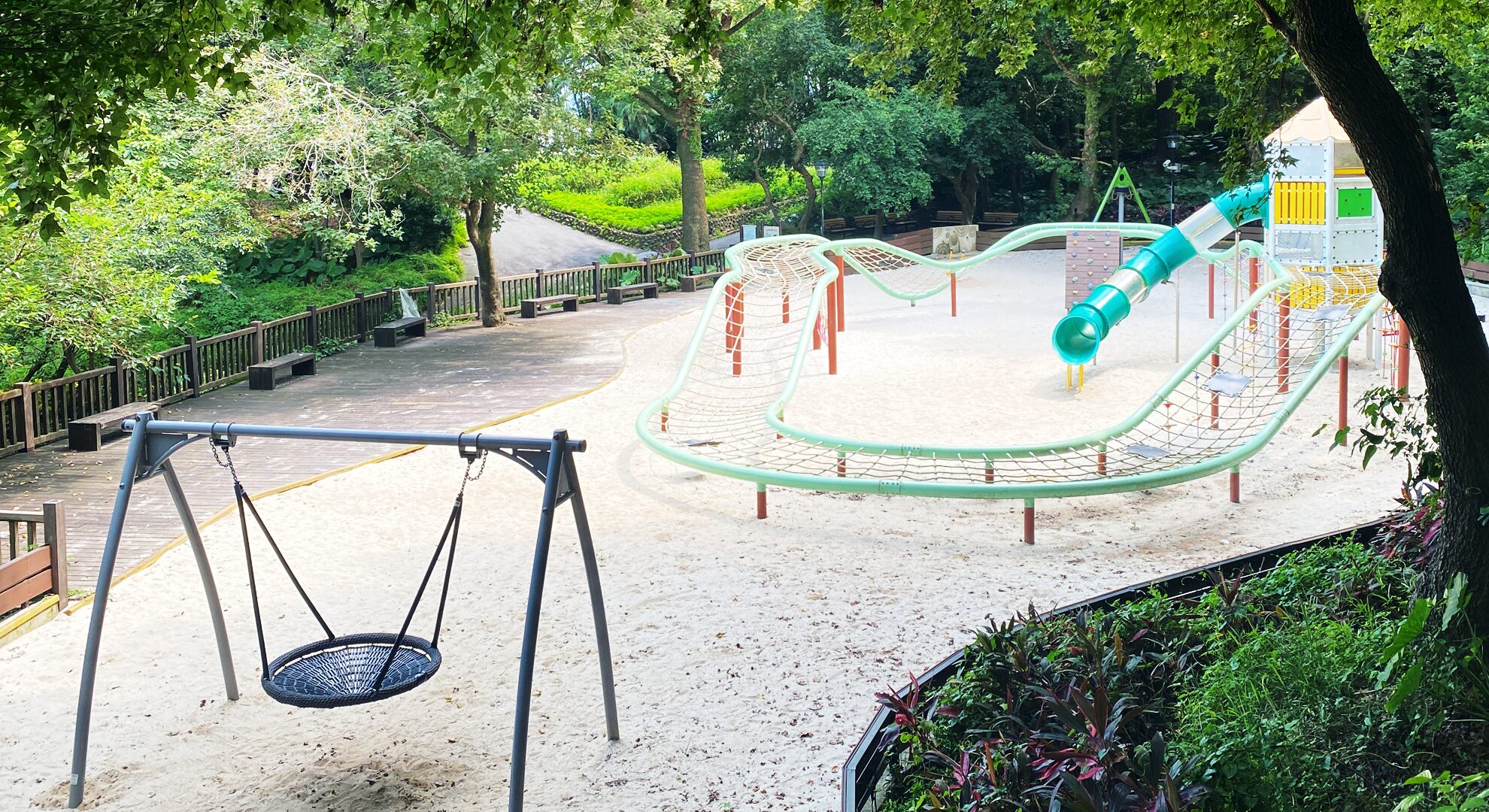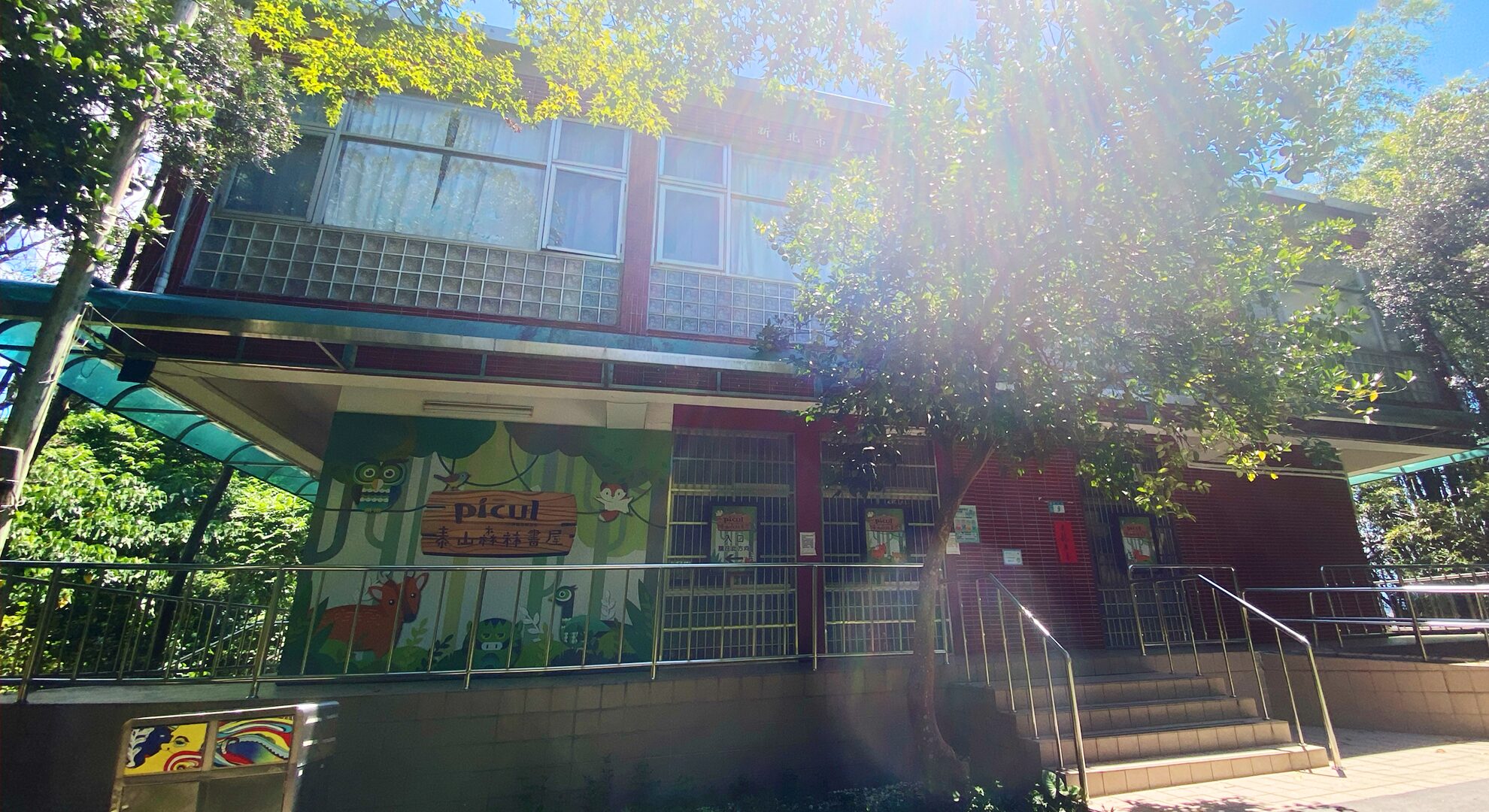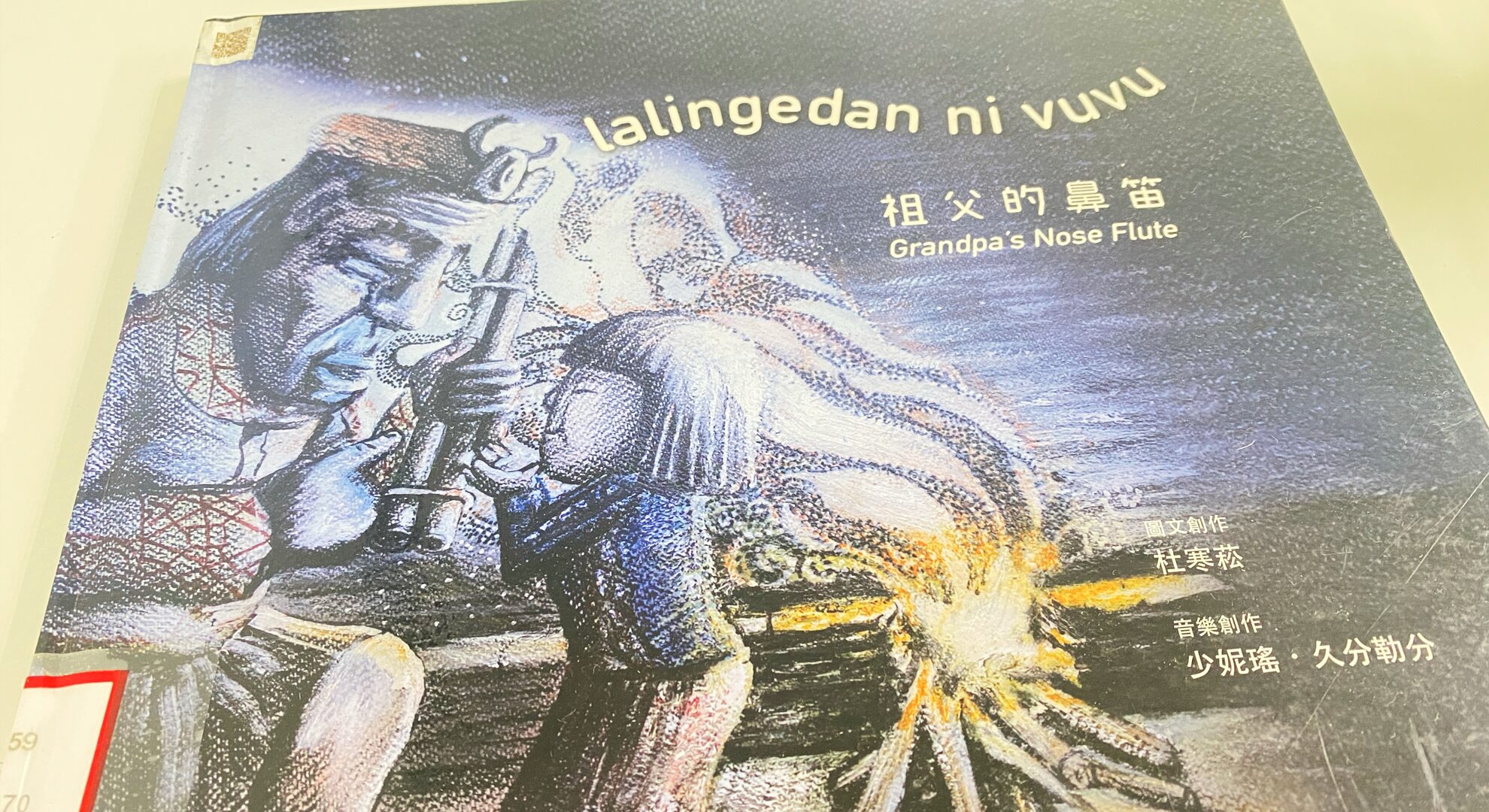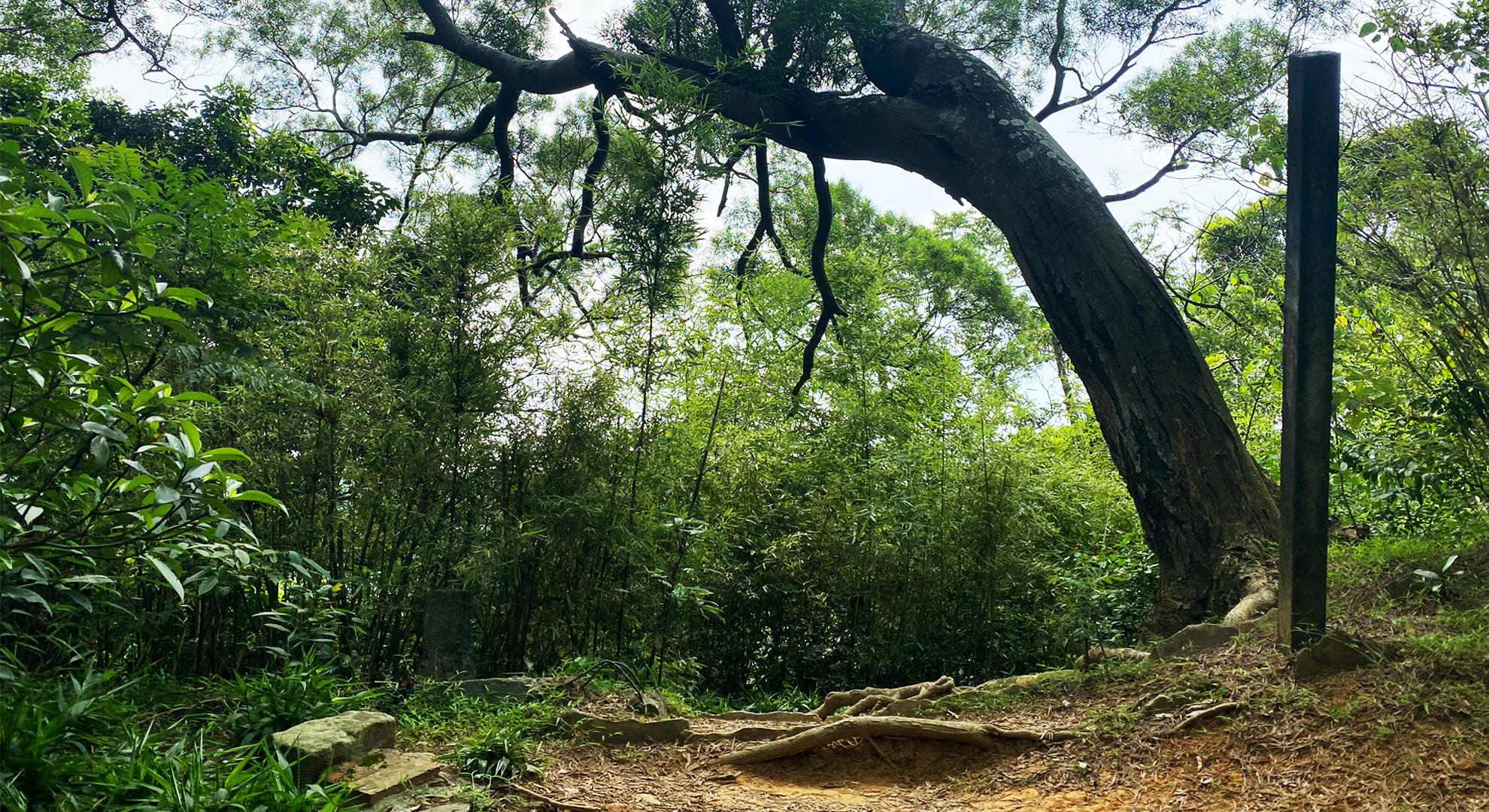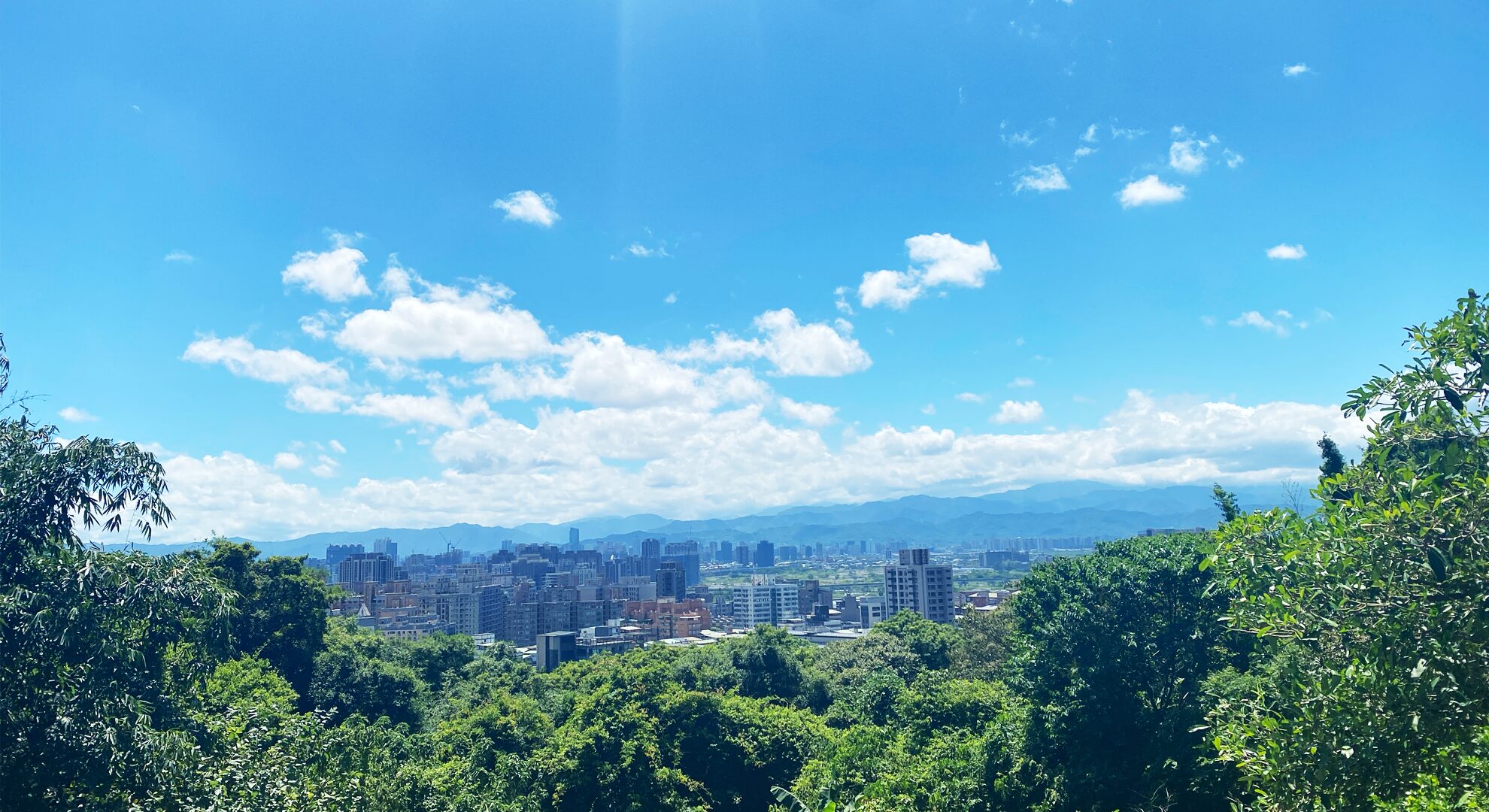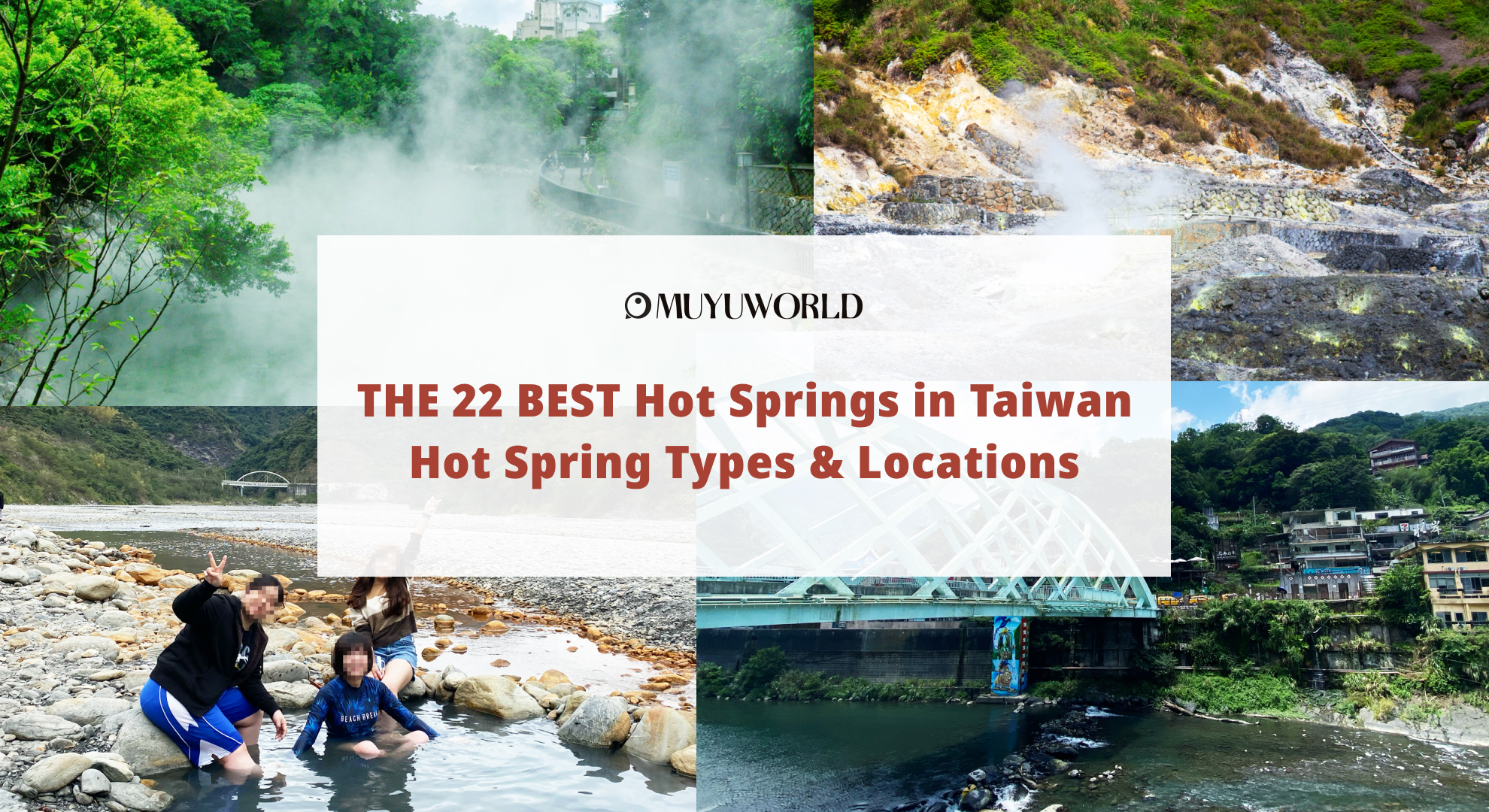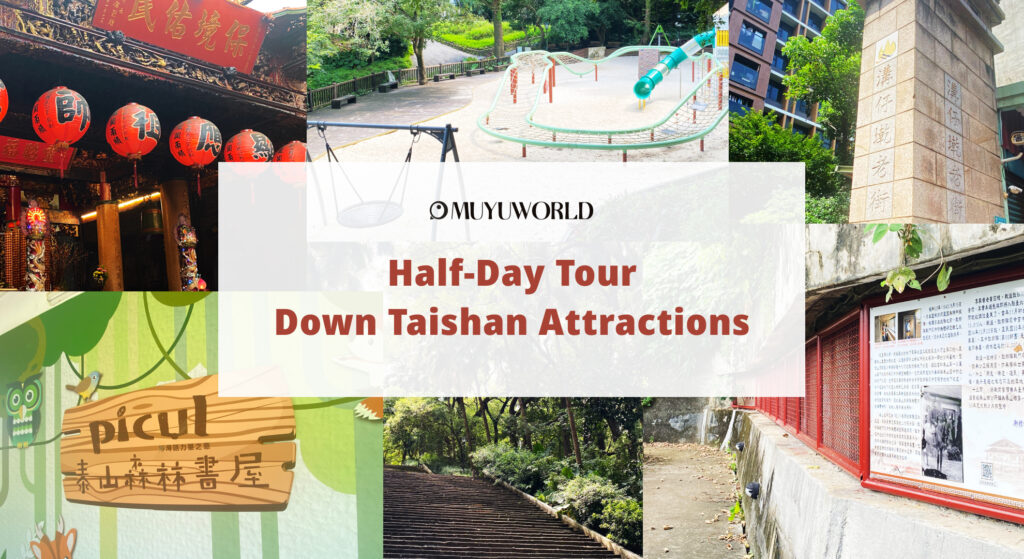THE 22 BEST Hot Springs in Taiwan: Hot Spring Types & Locations
As autumn arrives, the chilly air makes you crave a warm hot spring soak even more. Taiwan is blessed with abundant hot spring resources, stretching from south to north, offering a wide variety of springs. Whether you’re looking for a relaxing bubble bath or a skin-nourishing beauty soak, each type of spring has its own unique therapeutic benefits and pleasures. This article carefully curates 22 popular hot spring spots across Taiwan, covering 10 different types of springs, so you can easily find the perfect hot spring haven for you!
10 Types of Taiwanese Hot Springs and Their Benefits
Taiwan boasts a diverse range of hot springs, each with its own unique qualities and benefits. From skin-nourishing to fatigue-relieving, every type of hot spring offers a distinct experience:
| NAME | NICKNAME | APPEARANCE | FLAVOR | PH |
|---|---|---|---|---|
| Sodium bicarbonate spring | Beauty hot spring | Colorless | - | 6~7 |
| White sulfur spring | Milky hot spring | White-Yellowish & Translucent | Sulfur Smell | 3~5 |
| Green sulfur spring | Radium hot spring | Slightly Greenish | Sulfur Smell | 1~2 |
| Sulfur spring | Rotten eggs hot spring | Yellow-Brown | Sulfur Smell | 3~5 |
| Iron sulfur spring | Gold hot spring | Reddish-Brown | - | 6~8 |
| Mud spring | Black hot spring | Gray-Black | - | 7~8 |
| Seabed hot spring | - | Colorless | Slightly Salty | 1~3(before mixing w/ seawater) |
| Sodium bicarbonate spring | Healing hot spring | Colorless | A Hint of Sulfur Smell | 1~3 |
| Carbonate spring | - | Yellowish | Slightly Salty | 6~7 |
| Alkaline carbonate spring | Alkaline hot springBubble hot spring | Colorless w/ White Scum | - | 7~9 |
Types of Hot Springs in Taiwan: Sodium bicarbonate spring
Sodium bicarbonate spring known as the “Beauty Hot Spring,” soaking in this type of hot spring feels like immersing yourself in a natural toner, leaving your skin soft and smooth. The water is clear, colorless, and odorless, with a pH typically between 6 and 7. It’s especially ideal for those looking to pamper their skin.
※Sodium bicarbonate spring in Taiwan: Wulai Hot Spring, Wuri Hot Spring, Sichong River Hot Spring…
Types of Hot Springs in Taiwan: White sulfur spring
White sulfur spring referred to as “Milky Hot Spring” due to its milky white appearance, this spring’s water may appear semi-transparent depending on the concentration. The White Sulfur Spring is an acidic sulfate spring, with a pH level ranging from 3 to 5. It’s rich in minerals like sulfur, calcium sulfate, and acidic hydrogen sulfide. The active calcium ions in the spring can effectively boost metabolism, allowing you to enjoy not only a relaxing soak but also some health benefits.
※ White sulfur spring in Taiwan: Yangmingshan Hot Spring…
Types of Hot Springs in Taiwan: Green sulfur spring
Green Sulfur Spring also known as “Radium Hot Spring,” the Green Sulfur Spring is famous for its rare radium content. This spring originates from Taiwan’s Beitou Thermal Valley, naturally emerging from sulfur vents. With a pH level between 1 and 2, it’s a highly acidic sulfate chloride spring, featuring clear water with a subtle green tint. During the Japanese occupation, it was used for military recuperation, and to this day, it’s celebrated as a healing hot spring. If you’re in Beitou, this is a must-try experience!
※ Green sulfur spring in Taiwan: New Beitou Hot Spring…
Types of Hot Springs in Taiwan: Sulfur spring
The Sulfur Spring, also known as the “Rotten Eggs Hot Spring” because of its strong sulfur smell, contains over 1 gram of sulfur per liter of water. In Taiwan, this type of spring is quite common, often featuring water that appears yellow-brown or milky white. The strong scent and rich mineral content make it particularly effective for relieving fatigue, providing a deeply relaxing experience.
※ Sulfur spring in Taiwan: Shamao Mountain Hot Spring…
Types of Hot Springs in Taiwan: Iron sulfur spring
The Iron Sulfur Spring is a neutral carbonate hot spring, known for its clear reddish-brown water, a color that comes from iron deposits. It’s highly regarded for its soothing effects on joints and the body, earning it the nicknames “Golden Spring.” Unlike sulfur springs, the Iron Sulfur Spring doesn’t have a strong odor, allowing for a more pleasant, odor-free soaking experience.
※ Iron sulfur spring in Taiwan: New Beitou Hot Spring, Jinshan-Wanli Hot Spring…
Types of Hot Springs in Taiwan: Mud spring
Mud Springs are a rare type of hot spring found only in Japan, Italy, and Taiwan! They are primarily composed of sodium bicarbonate chloride springs, with a pH level around 7 to 8. The water has a gray-black hue, rich in clay minerals, which leaves your skin feeling smooth and soft after a soak, like you’ve just had a natural spa treatment.
※ Mud spring in Taiwan: Guanzihling Hot Spring
Types of Hot Springs in Taiwan: Seabed hot spring
Seabed Hot Springs are a rare natural wonder, found in only 11 countries worldwide, and Taiwan is one of them, with locations in Jinshan-Wanli and Green Island! These springs are fed by deep-sea geothermal activity, allowing you to soak while enjoying stunning ocean views. On Green Island, you can even witness the magnificent sunrise over the horizon, which is why it’s also called “Zhaori Hot Spring.” It’s a perfect way to experience the incredible beauty of nature!
※ Seabed hot spring in Taiwan: Jinshan-Wanli Hot Spring, Asahi Hot Spring
Types of Hot Springs in Taiwan: Sodium bicarbonate spring
Sulphate Chloride Hot Springs are typically clear and colorless, with a subtle sulfurous and salty scent. These springs originate from deep within the earth, where acidic sulfate chloride hot water combines with a small amount of surface water. This interaction converts some hydrogen sulfide into sulfuric acid, increasing the concentration of sulfate and chloride ions in the water. These elements help relieve muscle fatigue, earning the springs the nickname “Healing Hot Spring.”
※ Sodium bicarbonate spring in Taiwan: Antong Hot Spring…
Types of Hot Springs in Taiwan: Carbonate spring
In Taiwan, Carbonate Springs are mainly found in the Rueisuei Hot Spring area. The spring water here is yellowish and slightly salty, rich in iron and other minerals that help relax both body and mind. With a long history, Rueisuei Hot Spring was developed as a police guesthouse during the Japanese occupation and has since become a well-known hot spring destination. It’s definitely worth a visit!
※ Carbonate spring in Taiwan: Rueisuei Hot Spring
Types of Hot Springs in Taiwan: Alkaline carbonate spring
Alkaline Carbonate Springs are colorless and transparent, often covered with white scum on the surface. The presence of carbon dioxide in the water creates tiny bubbles on your skin during a soak, giving it the nickname “Bubble Hot Spring.” This type of spring effectively promotes blood circulation and is excellent for relieving physical and mental fatigue.
※ Alkaline carbonate spring in Taiwan: Jhihben Hot Spring…
THE 22 BEST Popular Hot Springs in Taiwan
We’ve compiled a list of 22 popular hot spring spots across Taiwan to help you find the best hot spring experiences.
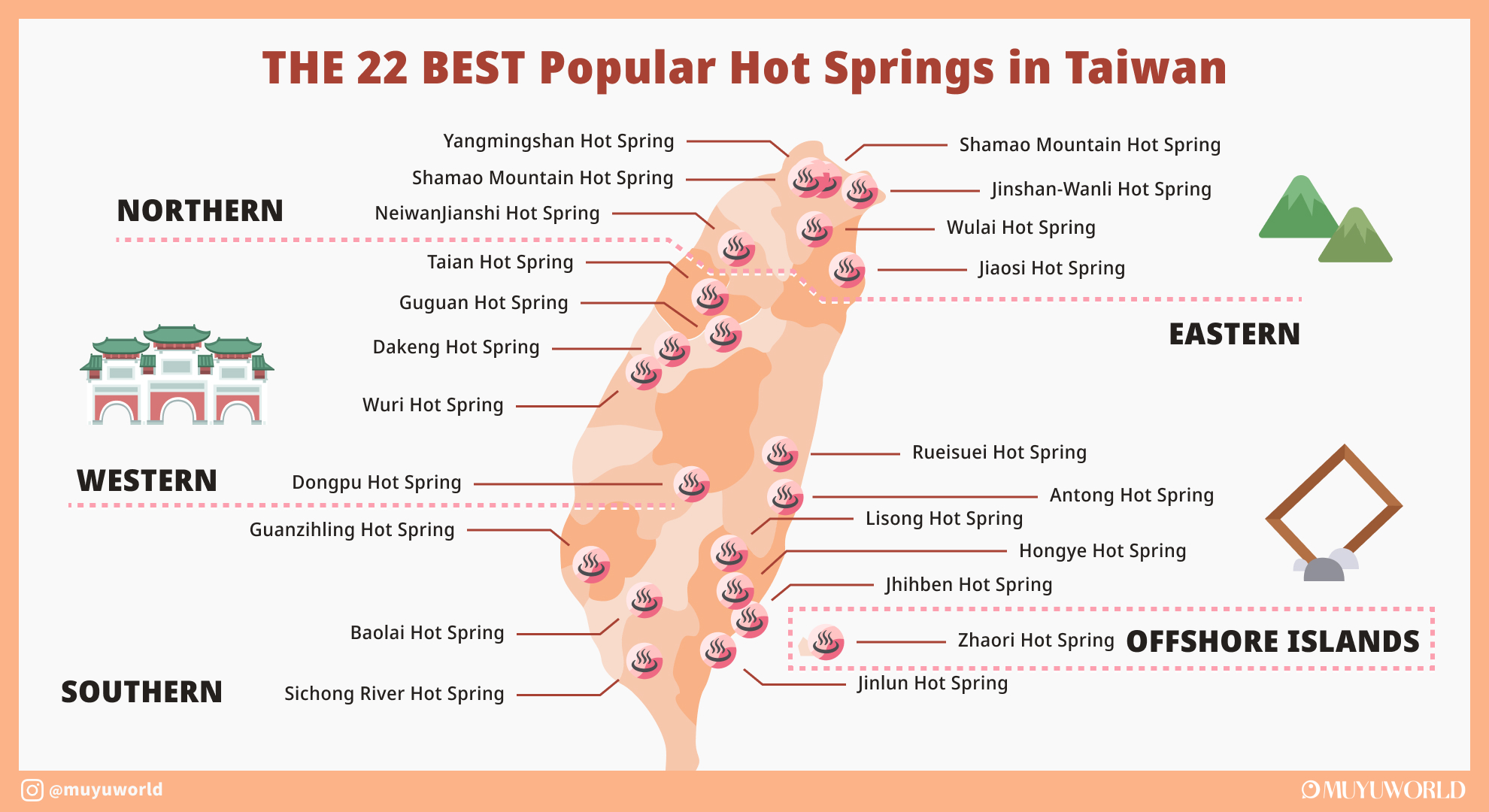
7 Top Hot Springs in Northern Taiwan
Hot Spring in Northern Taiwan: Xinbeitou Hot Spring, Taipei
New Beitou Hot Spring (新北投溫泉) is one of Taiwan’s top four hot springs, renowned for its distinctive milky-white White Sulfur Spring. The water exudes a gentle sulfur aroma and has a milky texture, which has earned it the local nickname “Milky Hot Spring.” It’s a perfect spot to immerse yourself and enjoy a moment of tranquility and relaxation.
Hot spring type: White sulfur spring, Green sulfur spring, Sulfur spring, Iron sulfur spring

Hot Spring in Northern Taiwan: Shamao Mountain Hot Spring, Taipei
Shamao Mountain Hot Spring (紗帽山溫泉) is situated in a volcanic area, offering a variety of springs such as White Sulfur and Green Sulfur Springs. Here, you can relax amidst picturesque natural scenery. Additionally, Shamao Mountain features unique mountain vegetables and wild delicacies, allowing you to enjoy both nature and local cuisine during your hot spring journey.
Hot spring type: White sulfur spring, Green sulfur spring, Sulfur spring

Hot Spring in Northern Taiwan: Yangmingshan Hot Spring, Taipei
Yangmingshan Hot Spring (陽明山溫泉) in Taipei, formerly known as Caoshang Hot Spring, is one of Taiwan’s top four hot springs. Due to frequent volcanic geothermal activity, the area features springs with varying mineral contents. The primary spring here is White Sulfur Spring, with Green Sulfur Spring as a secondary source. With abundant water supply available year-round, it’s a great place to visit and experience the diverse mineral benefits.
Hot spring type: White sulfur spring, Green sulfur spring, Sulfur spring

Hot Spring in Northern Taiwan: Wulai Hot Spring, New Taipei
Wulai Hot Spring (烏來溫泉), located in the mountains of New Taipei, derives its name from the Atayal language, where “Ulay” means “hot water.” The spring water comes from the Nanshi Creek, originating from the metamorphic rock area of the Xueshan Mountain Range. It is a weakly alkaline sodium bicarbonate spring, providing a comfortable soaking experience while also allowing you to immerse yourself in the unique cultural atmosphere of the Atayal people.
Hot spring type: Sodium bicarbonate spring

Hot Spring in Northern Taiwan: Jinshan-Wanli Hot SpringNew Taipei
Jinshan-Wanli Hot Spring (金山萬里溫泉), located in the geothermal area of the Datun Mountain Range, features five unique types of springs. These include Sodium Bicarbonate Spring, Sulfur Spring, Iron Sulfur Spring, Sulfate Chloride Spring, and Taiwan’s only Seabed Hot Spring. With such a diverse range of spring types, every visitor can find a hot spring experience that suits their preferences.
Hot spring type: Sodium bicarbonate spring, Sulfur spring, Iron sulfur spring, Seabed hot spring, Sulfate chloride spring

Hot Spring in Northern Taiwan: Jiaosi Hot Spring, Yilan
Jiaosi Hot Spring (礁溪溫泉) in Yilan is a rare plain hot spring in Taiwan. The water here is Sodium Bicarbonate Spring, known for its clear color and lack of odor, providing excellent relaxation benefits. Its unique feature is its convenient location, making it easy for both locals and visitors to enjoy a soothing hot spring experience.
Hot spring type: Sodium bicarbonate spring

Hot Spring in Northern Taiwan: NeiwanJianshi Hot Spring, Hsinchu
Neiwan-Jianshi Hot Spring (尖石溫泉), located at the base of the Xue Mountain Range, draws its water from deep underground sources rich in various minerals. The spring features Sodium Bicarbonate Spring water, which is clear and colorless. After a soak, you’ll experience smooth and comfortable skin, providing a truly relaxing sensation.
Hot spring type: Sodium bicarbonate spring, Alkaline carbonate spring

5 Top Hot Springs in Western Taiwan
Hot Spring in Western Taiwan: Taian Hot Spring, Miaoli
Taian Hot Spring (泰安溫泉), located in Wen Shui Creek in Taian Township, Miaoli, is one of the popular hot spring areas in Miaoli County. The water is milky white and slightly translucent, classified as a weakly alkaline carbonate spring with a pH of 8. Unlike sulfur springs, Taian Hot Spring has a mild, pleasant aroma, offering a gentle and soothing experience.
Hot spring type: Sodium bicarbonate spring, Alkaline carbonate spring

Hot Spring in Western Taiwan: Guguan Hot Spring, Taichung
Guguan Hot Spring (谷關溫泉) in Taichung is nestled amidst stunning mountains, with water flowing from the foothills. The springs feature both Sodium Bicarbonate and Alkaline Carbonate types. Rich in sulfides and salts, the water emits a distinctive sulfur smell, often described as “rotten egg” odor. While the aroma is quite strong, these components contribute to its exceptional soothing effects, effectively alleviating fatigue.
Hot spring type: Sodium bicarbonate spring, Alkaline carbonate spring

Hot Spring in Western Taiwan: Dakeng Hot Spring, Taichung
Dakeng Hot Spring (大坑溫泉) in Taichung is a Sodium Bicarbonate Spring with clear, colorless, and odorless water. With a pH of around 7, it is a weakly alkaline spring. Although the water temperature is relatively low at about 58°C, it leaves your skin feeling exceptionally smooth and soft. The spring is rich in minerals such as sodium, magnesium, calcium, and potassium, making it highly beneficial for the body.
Hot spring type: Sodium bicarbonate spring

Hot Spring in Western Taiwan: Wuri Hot Spring, Taichung
Wuri Hot Spring (烏日溫泉) in Taichung features natural Sodium Bicarbonate Spring water. The water is colorless and odorless with a pH of 8.1, classifying it as a weakly alkaline spring. Known for its skin-enhancing properties, it is often referred to as the “Beauty Hot Spring,” making it a popular choice for those seeking skin care benefits.
Hot spring type: Sodium bicarbonate spring

Hot Spring in Western Taiwan: Dongpu Hot Spring, Nantou
Dongpu Hot Spring (東埔溫泉) is primarily a Carbonate Spring, rich in carbon dioxide, which earns it the nickname “Bubble Hot Spring.” Compared to other hot springs, Dongpu’s water is at a lower temperature, which helps avoid significant blood vessel dilation and reduces the feeling of palpitations. Instead, it promotes the expansion of micro-vessels, aiding in blood circulation and providing a gentle, soothing effect.
Hot spring type: Sodium bicarbonate spring, Alkaline carbonate spring

3 Top Hot Springs in Southern Taiwan
Hot Spring in Southern Taiwan: Guanzihling Hot Spring, Tainan
Hot Spring in Southern Taiwan: Guanzihling Hot Spring, Tainan
Guanzihling Hot Spring (關子嶺溫泉) is Taiwan’s unique mud spring. The water emerges from cracks in the earth, presenting a mysterious gray-black color with fine mud particles and a strong sulfur scent. The alkaline spring’s texture is smooth and silky, leaving your skin feeling softer and more refined after a soak. Known as the “World’s Best Spirit Spring,” this distinctive black hot spring is a must-visit for those seeking a special thermal experience.
Hot spring type: Mud spring, Alkaline carbonate spring

Hot Spring in Southern Taiwan: Baolai Hot Spring, Kaohsiung
Baolai Hot Spring (寶來溫泉), located in the Liouguei District of Kaohsiung, was once covered by primeval forests during the Japanese occupation era, featuring rich tree species such as cypress, camphor, and beech. The hot spring is renowned for its silky smooth water, earning it the nickname “The Fountain of Youth.”
Hot spring type: Sodium bicarbonate spring, White sulfur spring

Hot Spring in Southern Taiwan: Sichong River Hot Spring, Pingtung
Sichong River Hot Spring (四重溪溫泉), located in the northeastern part of Checheng Township on the Hengchun Peninsula in Pingtung County, is situated in a sedimentary rock area. The natural hot springs emerge from underground, and it was historically known as “Chutang” (Emerging Spring). The spring water is clear and clean, classified as an alkaline carbonate spring. Its temperature varies with the seasons, generally higher in March and April, and slightly lower during the summer and autumn months.
Hot spring type: Sodium bicarbonate spring

6 Top Hot Springs in Eastern Taiwan
Hot Spring in Eastern Taiwan: Antong Hot Spring, Hualien
Antong Hot Spring (安通溫泉), with over a century of history, is one of the Eight Scenic Spots of Hualien. The spring water here is nearly transparent and features a blend of sulfate-chloride and alkaline carbonate spring qualities. Visitors can enjoy a relaxing soak in indoor baths or experience the unique pleasure of digging their own outdoor hot spring pool by the creek, making it a delightful destination for hot spring enthusiasts.
Hot spring type: Sodium bicarbonate spring, Alkaline carbonate spring

Hot Spring in Eastern Taiwan: Rueisuei Hot Spring, Hualien
Rueisuei Hot Spring (瑞穗溫泉) in Hualien is renowned not only for its fresh milk but also for its distinctive carbonate spring. Located in Rueisuei Township, you can reach this hot spring area by heading along the hot spring road towards the Central Mountain Range. The spring water forms yellowish, slightly rusty-colored crystalline deposits, adding to the allure of this unique soaking experience.
Hot spring type: Sodium bicarbonate spring, Carbonate spring

Hot Spring in Eastern Taiwan: Jhihben Hot Spring, Taitung
Jhihben Hot Spring (知本溫泉) in Taitung is celebrated as “the most beautiful scenery in Eastern Taiwan.” The hot spring area is divided into “Jhihben Outer Hot Spring” and “Jhihben Inner Hot Spring” along the Jhihben Creek. The outer hot spring area, near the Hot Spring Bridge, features numerous small to mid-sized hot spring resorts. Whether you’re looking to relax or enjoy a vacation, Jhihben Hot Spring offers convenient and comfortable options for all visitors.
Hot spring type: Alkaline carbonate spring

Hot Spring in Eastern Taiwan: Hongye Hot Spring, Taitung
Hongye Hot Spring (紅葉溫泉), located in the Yanping Township of Taitung’s Longitudinal Valley, is a paradise for wild hot spring enthusiasts. Here, you can freely create your own hot spring pool by arranging stones along the creek, allowing you to mix spring water and creek water to achieve your perfect temperature. It’s a fantastic spot to enjoy with friends, creating your own personal retreat in nature.
Hot spring type: Sodium bicarbonate spring

Hot Spring in Eastern Taiwan: Lisong Hot Spring, Taitung
Lisong Hot Spring (栗松溫泉), located in Taitung, is renowned as one of Taiwan’s most beautiful wild hot springs. To reach this enchanting spot, you’ll need to hike through mountain trails, so it’s best to go with someone familiar with the route to ensure safety. The spring’s unique charm comes from its mineral crystals and vibrant green thermal algae, creating a mesmerizing hue in the water. Coupled with the cascading mountain stream, Lisong Hot Spring feels like a hidden paradise nestled deep within the mountains.
Hot spring type: Sodium bicarbonate spring

Hot Spring in Eastern Taiwan: Jinlun Hot Spring, Taitung
Located in Jinlun Village, Taitung, Jinlun Hot Spring (金崙溫泉) boasts weakly alkaline sodium bicarbonate spring water. The colorless and transparent water has a pH value between 7 and 8 and a delicate sulfur aroma. With temperatures ranging from 70°C to 90°C, it’s essential to check the water temperature to ensure a comfortable soak.
Hot spring type: Sodium bicarbonate spring

Hot Spring on Taiwan’s Offshore islands
Hot Spring on Taiwan’s Offshore islands: Zhaori Hot Spring, Green Island
Zhaori Hot Spring (朝日溫泉) on Green Island is one of the rare seabed hot springs in the world. Located along the intertidal zone on the southeastern coast of the island, this hot spring features clear, transparent water without a strong sulfur smell. Here, you can enjoy a unique soaking experience while watching the sunrise, listening to the ocean waves, and gazing at the starry sky, making it a truly memorable and immersive experience.
Hot spring type: Seabed hot spring, Sulfur spring

How about a cozy hot spring getaway in Taiwan this fall?
Autumn and winter are the perfect times to enjoy hot springs, letting the warm water melt away your daily stress. Taiwan’s hot springs each have their own unique charm and benefits. So, take advantage of the cool autumn breeze and set off on a heartwarming hot spring adventure across Taiwan!
